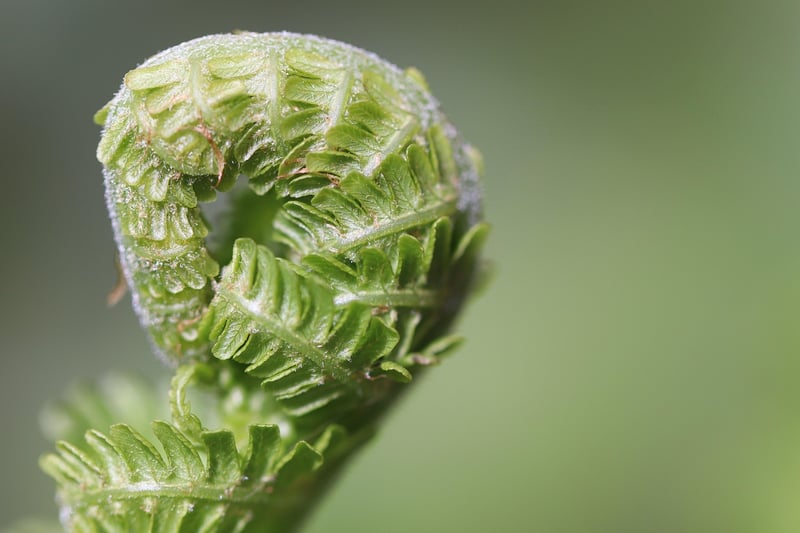Pruning Tips
Maintain Healthy Plants with Proper Pruning Techniques

Introduction
Pruning is an essential practice to ensure the health and vitality of your plants. By removing dead or overgrown branches, you can promote new growth, improve airflow, and enhance the overall appearance of your garden. Here are some expert tips on how to effectively prune your plants.
1. Use the Right Tools
Invest in high-quality pruning shears, loppers, and saws to make clean cuts without causing damage to the plant. Keep your tools sharp and clean to prevent the spread of diseases between plants.
2. Know When to Prune
Understand the specific pruning needs of each plant species. While some plants benefit from pruning in the dormant season, others require pruning after flowering. Research the best time to prune your plants to maximize their growth potential.
3. Remove Dead or Diseased Branches
Dead or diseased branches can hinder the growth of your plants and spread infections. Remove these branches using clean cuts to prevent further damage to the plant.
4. Promote Air Circulation
Thick vegetation can restrict airflow and lead to fungal diseases. Prune dense areas to improve air circulation and sunlight exposure, promoting a healthier environment for your plants.
5. Shape Your Plants
Pruning can help shape your plants and control their growth. Trim back overgrown branches to maintain a desired size and shape, enhancing the visual appeal of your garden.
6. Avoid Over-Pruning
While pruning is beneficial, over-pruning can weaken the plant and make it more susceptible to stress and diseases. Follow pruning guidelines specific to each plant to avoid excessive cutting.
Conclusion
By following these pruning tips, you can maintain healthy and vibrant plants in your garden. Regular pruning not only improves the appearance of your plants but also promotes their overall well-being. Remember to prune with care and attention to detail to ensure the long-term health of your garden.
Prune wisely and watch your garden flourish!
